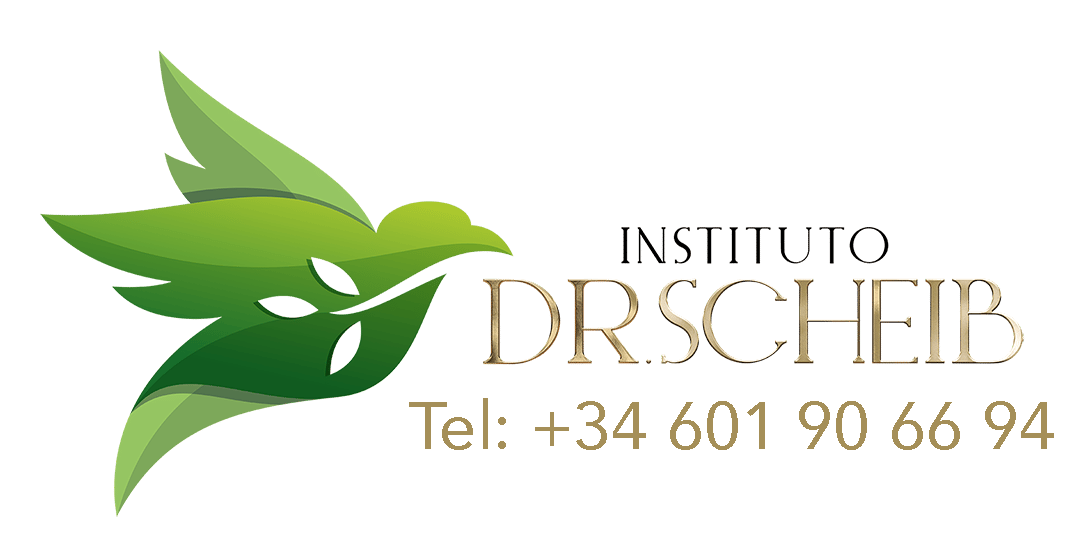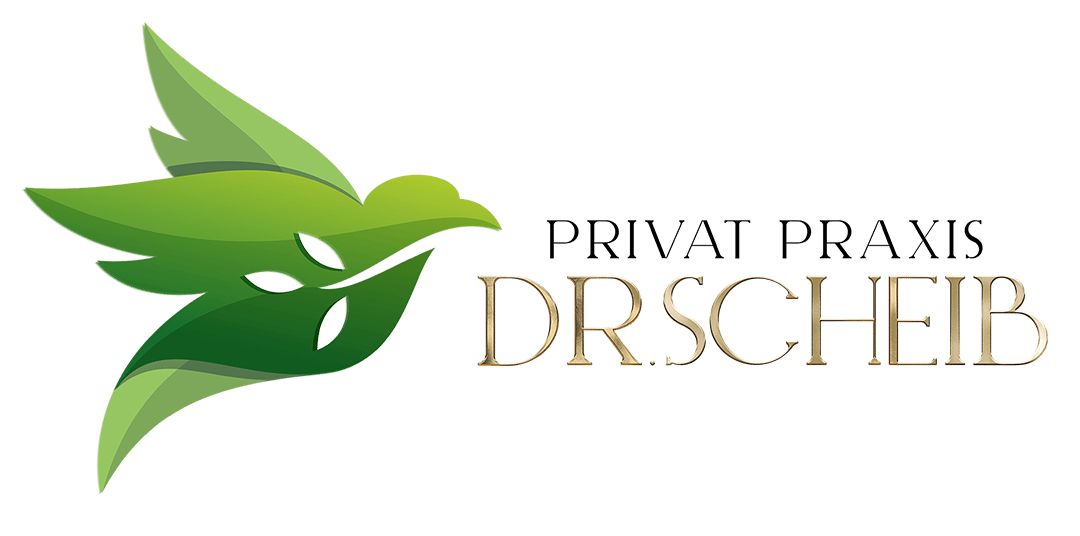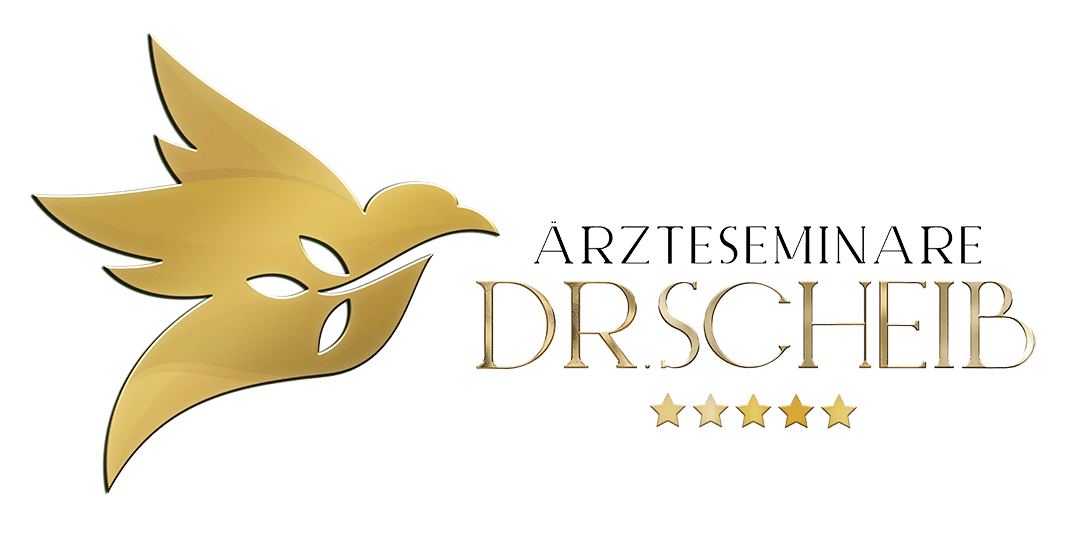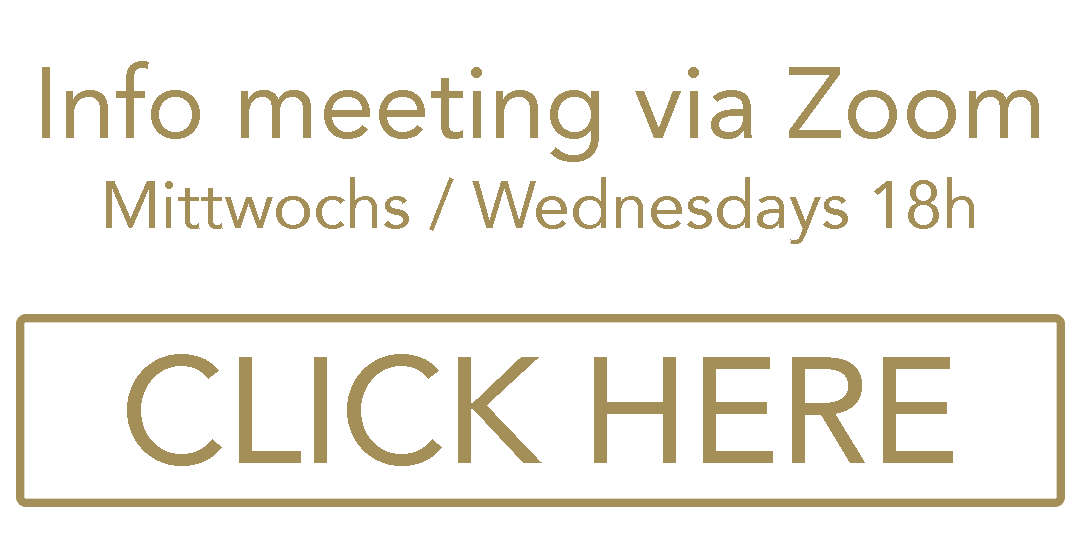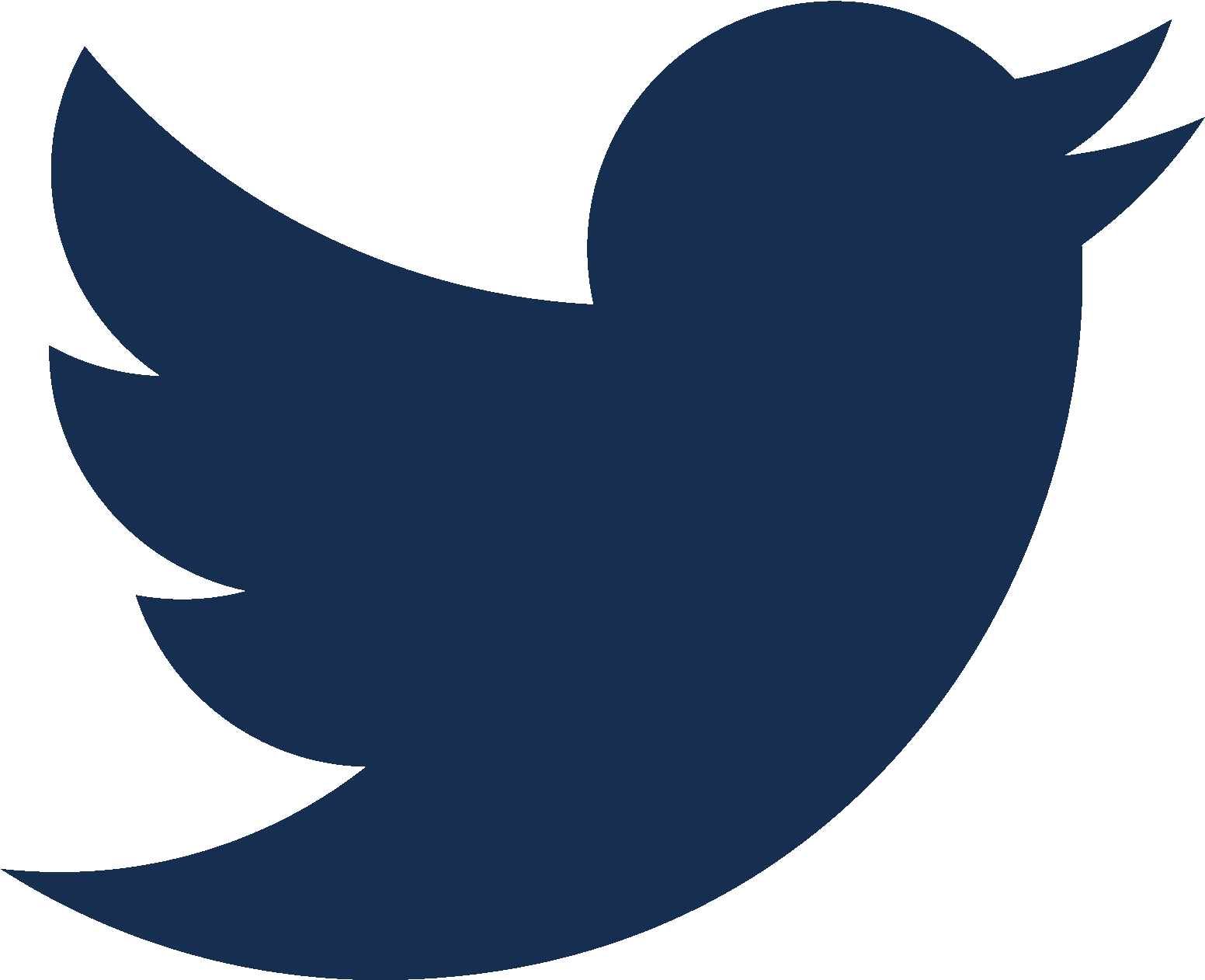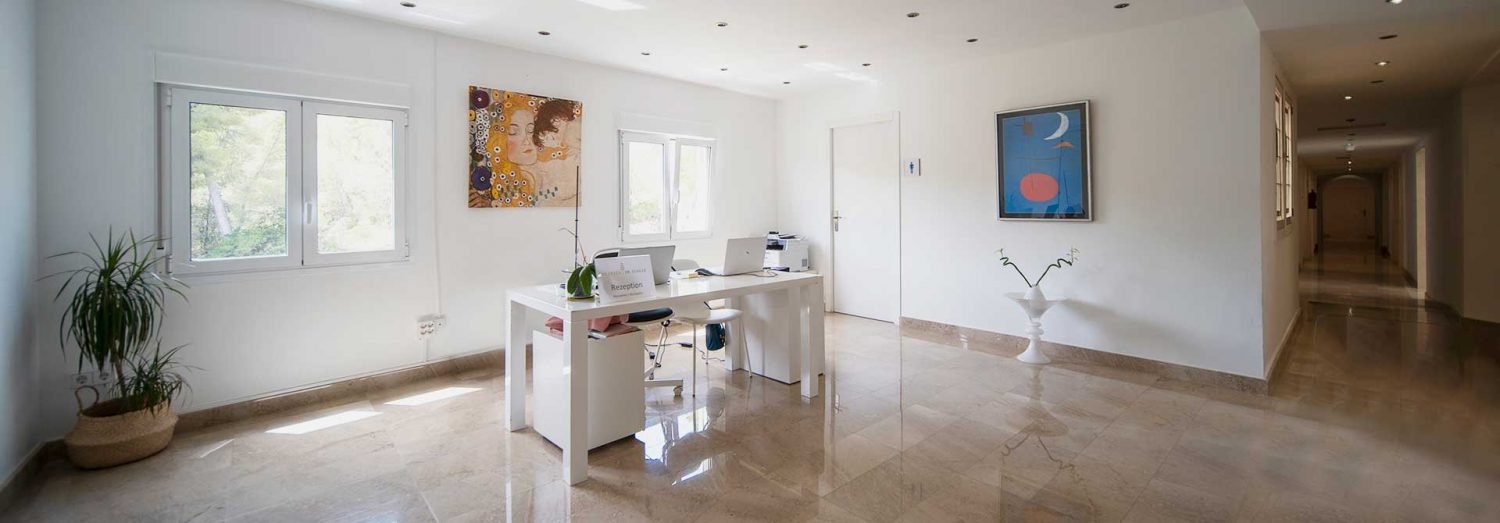Equipment-based psychotherapy methods in our clinic
In the last few years, alongside classic psychotherapy methods, equipment-based methods have increasingly been used for treatment of psychological and psychosomatic disorders. The equipment-based psychotherapy has proved to be highly effective in treating depression, compulsions, ADHS and addictive disorders.
It is also true here that not every method suits every person, and only after an in-depth diagnosis will the indication for one method or another be determined. We implement these methods as part of our overall psychosomatic concept.
If you are interested in our therapies, get in touch with us now!
Biofeedback
In biofeedback, physiological parameters such as muscle tension, skin resistance, heart rate and temperature are derived and correlated with graphical animation or acoustic signals using a computer program. This allows the patient to see or hear changes in his or her state of tension. He or she learns to influence this consciously. The procedure is evidence-based and works extremely well for migraines, tension headaches, incontinence and pain syndrome.
One particular application is biofeedback of heart rate variability (the difference between the systolic intervals when inhaling and exhaling). In cases of high blood pressure, coronary heart disease and depression the HRV can be too low. By linking positive changes with appropriate animations, the vegetative nervous system learns to process stress better. This has positive effects on sleep, productivity, blood pressure, the coronary artery and depressive symptoms.
Neurofeedback
Each brain activity leads to electrical activity which can be measured on the head as EEG waves. With a variety of diseases there are characteristic changes in the excitation pattern. Using neurofeedback, the activity in different areas of the brain can be trained in various frequency ranges. The operant conditioning model is used for this purpose. Using an individually designed computer program, in which the desired activity is linked to an animation on a screen, the brain learns to make greater use of certain areas, or to reduce their activity.
On the monitor the patient sees an animation which displays his brain activity. If the brainwaves change towards the target state, this is displayed back to the patient as a successfully executed animation, and vice versa. In this way the patient learns how to positively influence his or her own brain activity. This process is constantly monitored and the program is modified depending on changes in the symptoms. The initial effects become noticeable after around 8 to 10 hours.
This procedure has been very well researched for ADHS/ADS, for sleep disorders and for convulsions. There is, however, also good therapeutic success in cases of depression and addiction.
Neurofeedback is an evidence-based treatment method that was developed in the early 1970s in the USA. Since then, comprehensive scientific studies have been carried out into the effectiveness and safety of this method. It is also well suited for the treatment of children and young people.

Repetitive transcranial magnetic stimulation (rTMS)
In this technique, parts of the brain are stimulated by a strong, pulsing magnetic field. This improves the blood flow to certain parts of the brain and, depending on the frequency used, the electrical activity in cells is either stimulated or subdued.
This procedure has proved to be particularly successful for treatment of depression and addictive disorders, but it also usually effective for tinnitus, burnout, anxiety, and also sometimes for dementia.
The procedure is not invasive and can also be used on pregnant women. A treatment session typically lasts 20 minutes. Sometimes slight muscle twitching and a temporary mild headache are experienced, but the procedure is on the whole very well tolerated. In order to find the ideal stimulation site in the brain, we work with an innovative system that measures the impact of the magnetic impulse on the heartbeat (HRV enhancement). This allows the magnetic spool to be placed in the optimum position. In order to achieve long-lasting effects, 20 to 30 stimulations should be carried out.
This method is FDA approved for the treatment of depression and obsessive-compulsive disorders, and is also recommended for the treatment of depression under German scientific guidelines. Comprehensive studies now exist verifying the effectiveness and safety of the procedure.
RTMS may not be used for patients who suffer from epilepsy or who have metallic implants in the head, e.g. following brain operations.

Transcranial direct current stimulation
In transcranial direct current stimulation, a weak current is conducted through the brain through electrodes that are attached to the head. This changes the excitability and the activity of the nerve cells. The current is very weak. The procedure is non-invasive and has no dangerous side-effects.
It can be used for depression, addictive disorders and eating disorders, as well as in competitive sports for improving high-speed performance.
This procedure has advantages over magnetic stimulation because of the lower costs and the size of the device. If treatment is successful, patients can purchase smaller machines and continue treatment at home in order to maintain the results of the therapy.
If you are interested in a therapy at the clinic Dr. Scheib, fill out below form. We will get back to you shortly to set up a preliminary telephone interview at your convenience.
